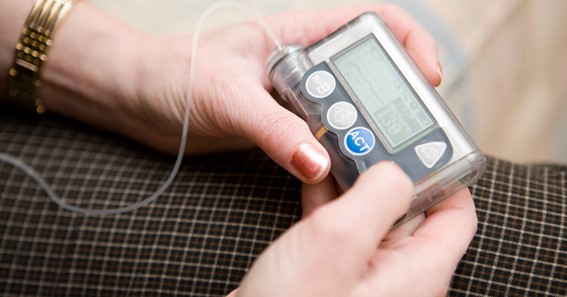Type 1 diabetes prevents your body from producing enough insulin, and without the hormone, the body can’t properly convert food into energy. Therefore, you need to have a type of insulin delivery into the body.
With the improvements in the healthcare industry, there are several types of insulin delivery methods to choose from.
Injections
This is the traditional and most common insulin delivery method many type 1 diabetes patients use. You can choose between pens or syringes, but they both work the same. Pens are, however, easier and more comfortable.
The number of injections differs depending on your insulin needs. For example, your doctor helps you determine the correct dosage and how often you need the injections daily. You can also get short-acting or long-acting injections.
Short-acting injections help account for glucose intake from different foods you must take at mealtimes. It also helps correct high blood sugar levels. But on the other hand, long-acting injections mimic your body’s natural insulin production.
click here – Ease Your Transportation With A Tempo
Pumps
Pumps are the most common injection alternative if you need a constant insulin dose. They are small computerized devices pre-programmed to deliver a certain insulin dose at specific times. While you can switch them with another insulin delivery method, they are more flexible and comfortable than injections.
Insulin pumps are almost the same size as cell phones with a needle you use to attach to your body. They also have a flexible tube called a cannula, through which the basal insulin dose gets to your body.
You can wear your pump in your belt, pocket, or under your clothes attached to a strap. The typical injection areas include the buttocks, thighs, upper arms, abdomen, or other places with fatty tissue.
Insulin pumps are perfect for:
- Children
- People who forget to take their insulin injections
- People who have slow food absorption
- People with severe low blood sugar reactions
- Active people who want to pause insulin doses as they exercise
- Diabetic people planning to get pregnant
The main disadvantage is that you risk having high blood sugar if your pump system is disrupted. You also have increased infection rates, which constantly remind you of your condition.
According to Tandem Diabetes Care, you can choose a closed loop insulin pump system for more effective diabetes management with a pump. This system has a pump and continuous glucose monitoring (CGM) for automatic insulin delivery. It is commonly known as an artificial pancreas because it mimics how a pancreas reacts to falling and rising blood sugar levels.
The insulin pump has a predictive algorithm, which triggers it to administer insulin or stop insulin delivery based on the real-time CGM glucose readings. The predictive algorithm also considers the food you eat and your settings, which enables it to adjust your insulin doses.
The closed loop insulin pump system gives you peace of mind because you don’t have to change your insulin doses manually.
click here – Ensuring Seamless Customer Experience: 3 Rules to Follow
Inhalers
You can use this to replace your pre-meal insulin injection. It is an FDA-approved insulin delivery method that you inhale immediately before eating, applicable for people with type 1 or 2 diabetes above 18 years.
Type 1 diabetes hinders the body from making enough insulin hormone for the body to produce energy, which requires an artificial insulin delivery method. When choosing the best alternative, consider how much insulin you need, your budget, and how easy it is to use.






